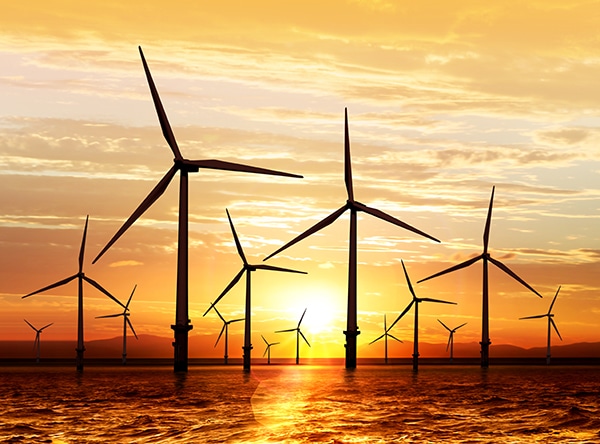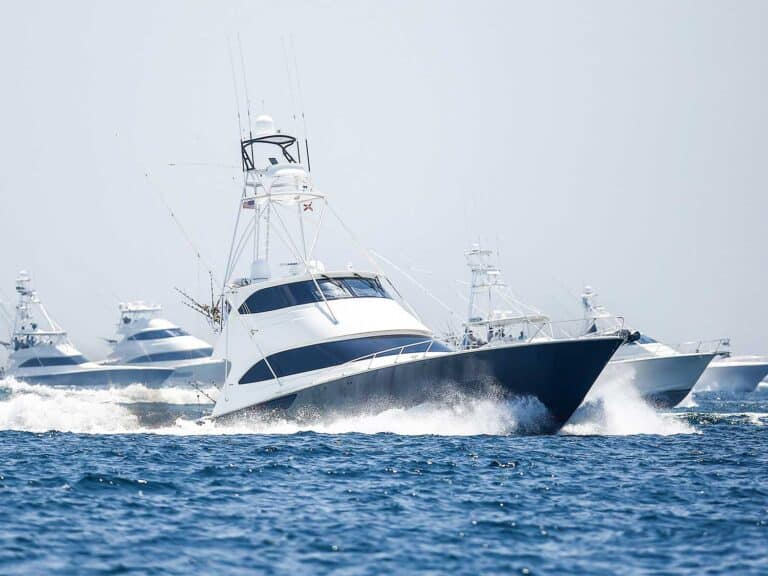
Silhouette of wind turbine generating electricity on sunset
Land planning has been standard operating procedure for longer than I can remember. Regulations vary in complexity, but we think of them as part of daily life. This has not been the case for development of our oceans. For those of us who spend a lot of time on the water, it is obvious there are a lot more efforts to build ocean projects or to use the ocean resources for nontraditional purposes. There are liquefied natural gas at-sea terminals. Pipelines have been put in place to ship gas from Canada. There are also some efforts at mineral extraction, and who knows about offshore drilling. There are wind-farm proposals from Maine through the mid-Atlantic. Whether we like it or not, it is happening.
Historically, a diverse group of state and federal agencies handled this ocean development, essentially acting on their own behalf. This made it hard for concerned citizens to know where and when to give their input. Established by executive order in 2010, the National Ocean Policy started the process of moving to coastal and marine spatial planning. The Northeast Regional Planning Body, established by the National Ocean Policy, began its efforts to write a draft of the Northeast Ocean Plan, and that draft will be released in late May. The NERPB will hold a webinar on May 25, noon to 2 p.m. to introduce the draft. Click here to learn more.
The Mid-Atlantic Regional Planning Body will roll out its ocean plan draft in early June, and other regions will follow. Click here for all of the information about the RPBs and the ocean plan drafts.
As part of the RPBs’ efforts, you will also find comprehensive ocean-use data portals. This displays in a layered-GIS format with all the varied ocean activities. The RPBs have been collecting this user data for about four years. Click here for details about ocean-lease areas via the Bureau of Ocean Energy Management.
A lot of folks in the fishing industries, both recreational and commercial, thought this planning effort was simply a disguised plan by the environmental community to set up no-fishing zones. The reality is that the effort was, and is, about doing the best job possible of coordinating all of the previously independent ocean-development regulations. It will also give concerned citizens a way to make sure they are recognized in the development process. Direct fishing-related regulations, such as closed areas, will remain with the regional fisheries management councils, which sit on the RPBs to represent fishing interests.
I have never been an advocate of building bureaucracy for bureaucracy’s sake. I do believe there needs to be government oversight in the management process when public trust resources are at risk. The ocean plan drafts might not be perfect yet, but if each of us takes the time to read and comment on them, we will continue to move them toward that goal.







